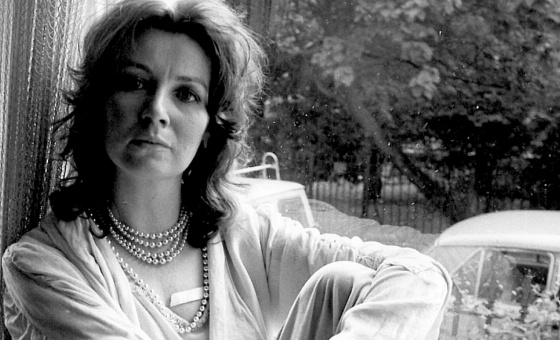This is the last article you can read this month
You can read more article this month
You can read more articles this month
Sorry your limit is up for this month
Reset on:
Please help support the Morning Star by subscribing here
John Chillingworth, Picture Post Photographer
(Dewi Lewis, £19.99)
Before mass access to television and the ubiquitousness of cheap miniature cameras, photographic images retained a value and importance unimaginable to us today, in our world of over-saturated imagery.
Picture Post, an illustrated magazine founded in 1938, became massively popular in post-war Britain.
It certainly lived up to its name, most of its stories being dominated by the photographic narrative, and it gave a whole new generation of budding photographers the chance to make their mark.
John Chillingworth, a laboratory assistant who rose to become one of the Post's leading photographers, was one of them. Looking though this magnificent collection of his images, you are transported back to the 1950s Britain of poverty, slums, street markets and grubby factories but also a world that reflected the vibrancy and resilience of working-class life in the face of post-war austerity.
Picture Post had an enlightened and progressive editorial staff. The magazine focused on human interest stories but with a social and national relevance. There were few celebrity features or muck-raking stories - the Post's goal was to entertain but at the same time to educate and inform.
Chillingworth's images reflect his own humanity and extraordinary empathy with his fellow human beings. None is posed or taken purely for its aesthetic or formal attractiveness but he had a natural and highly sensitive eye for what is beautiful. He captures the momentary but memorable image, in the style of Henri Cartier-Bresson.
Some like Racing For Home, taken at a pigeon fanciers' co-op in the north, or The Last Customer, of a lone woman and a trader on a misty urban street, have an ethereal, expressionist quality. The starkly contrasting black and white of most of the images reproduced in the book also endows them with a grittiness and timelessness.
Two photographs, one of tired pea-pickers in a pub at the end of their working day and another of men playing cards, portray the earthy simplicity of communal life, with the sun streaming through the uncurtained windows onto the card players' table in the latter evoking religious imagery.
The diptych-like The Ambassador's Reception shows two women, one adorned with a tiara, set against out-of-focus chandeliers glistening in the background. Its opposing image Young Love is of a working-class couple, sitting alone at a table in a dance hall, immersed in their own rapture while couples gyrate in the background.
Two worlds, so far apart.
A fitting example of a great photographer at wo





